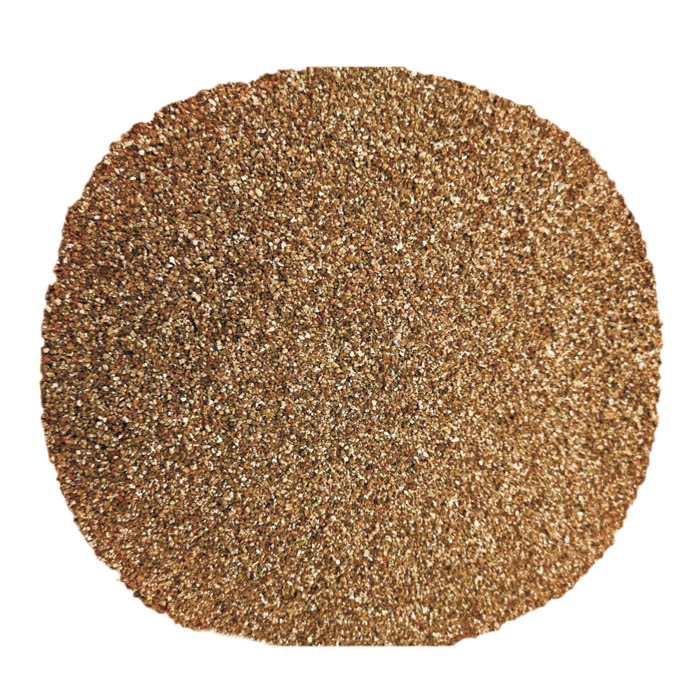nov . 23, 2024 14:58 Back to list
high quality high temperature thermal insulation materials
High-Quality High-Temperature Thermal Insulation Materials
In the quest for energy efficiency and thermal management, high-quality high-temperature thermal insulation materials play a crucial role across various industries. These materials are designed to withstand extreme heat conditions while minimizing heat transfer, making them essential in fields like aerospace, automotive, construction, and industrial processes. As technology advances, the demand for superior thermal insulation continues to grow, leading to the development of materials that not only excel in insulation capabilities but also demonstrate durability, lightweight characteristics, and environmental resistance.
Importance of High-Temperature Insulation
High-temperature insulation materials are vital in applications where conventional insulation fails or is insufficient. Industries such as power generation, petrochemical, and metallurgy require materials that can endure temperatures exceeding 500°C (932°F). The efficiency of furnaces, kilns, boilers, and reactors is largely dependent on the thermal insulation used. Proper insulation minimizes heat loss, enhances operational efficiency, and contributes to safety by reducing the risk of thermal shock, burns, or fires.
Types of High-Temperature Insulation Materials
1. Ceramic Fiber These are among the most popular high-temperature insulation materials due to their excellent thermal resistance and lightweight properties. Made from alumina and silica, ceramic fibers can withstand temperatures up to 1,600°C (2,912°F), making them ideal for applications in furnaces and kilns. Their low thermal conductivity and high tensile strength allow for energy savings and reduced operational costs.
2. Refractory Materials These materials are specifically designed to resist high temperatures and harsh environments. Commonly used in the lining of kilns, furnaces, and reactors, refractories are composed of a variety of minerals including alumina, silica, and magnesia. They can endure extreme temperatures and provide structural support in high-heat scenarios, ensuring longevity and reliability.
3. Mineral Wool Another widely used insulating material is mineral wool, which is produced from natural or synthetic mineral fibers. It offers excellent insulation properties and fire resistance, withstanding temperatures up to 1,200°C (2,192°F). Mineral wool is not only effective but also provides sound insulation, making it suitable for industrial settings where both heat and noise control are necessary.
high quality high temperature thermal insulation materials

4. Aerogel Often referred to as “frozen smoke,” aerogels are some of the lightest thermal insulation materials available. They possess exceptional thermal resistance and can withstand temperatures up to 650°C (1,202°F). Their unique structure, with a low density and high porosity, results in low thermal conductivity, making aerogels an attractive option for advanced insulation applications in aerospace and cryogenics.
5. Fiberglass Insulation Typically utilized in building construction, advanced fiberglass insulating materials can withstand high temperatures, especially when treated with special coatings. This makes them an effective choice for various heating and cooling applications, providing durability and efficiency.
Applications and Benefits
High-quality high-temperature insulation materials are employed in a myriad of applications. In the automotive industry, they help manage engine heat and improve fuel efficiency. In the aerospace sector, they maintain temperature control in aircraft components and engines. In buildings, high-temperature insulation enhances energy efficiency by controlling heat loss and gain.
The benefits of these materials extend beyond thermal efficiency. They contribute to sustainability efforts by reducing energy consumption and greenhouse gas emissions. Furthermore, high-quality insulation materials help prolong the lifespan of machinery and equipment, lower maintenance costs, and improve safety by minimizing the risk of burns and thermal damage.
Conclusion
As industries increasingly prioritize energy efficiency and thermal management, the significance of high-quality high-temperature thermal insulation materials cannot be overstated. Their ability to perform in extreme conditions while offering benefits like durability and energy savings makes them indispensable in modern applications. Continued advancements in material science will likely lead to the development of even more innovative insulation solutions, ensuring that various industries can meet the challenges of tomorrow while fostering environmental responsibility. Investing in these materials is not just about enhancing performance; it’s a strategic move towards a more sustainable and efficient future.
-
High-Quality Fe-C Alloy Leading Manufacturers & Spherical Alloy Materials Supplier
NewsJun.10,2025
-
Premium Low Nitrogen Recarburiser Supplier & Manufacturer – High Quality Exporters
NewsJun.10,2025
-
DT4 High-Quality Magnetic Materials Leading DT4 Manufacturer & Supplier
NewsJun.10,2025
-
High-Performance Spring Steel Suppliers Custom Solutions
NewsJun.10,2025
-
Premium SWRCH6A Manufacturer Steel Wire Supplier & Factory
NewsJun.10,2025
-
Premium Mild Steel Wire Rod Supplier & Manufacturer
NewsJun.10,2025
